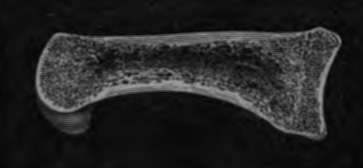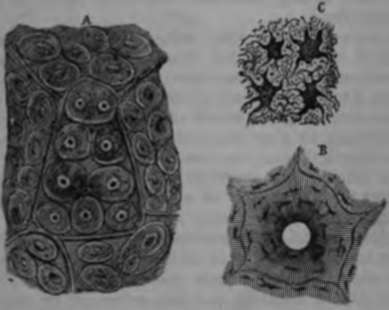The Secreted Fluids Or Secretions
Description
This section is from the book "Wonders Of The Human Body", by Auguste Le Pileur. Also available from Amazon: Wonders of the Human Body.
The Secreted Fluids Or Secretions
The Secreted Fluids Or Secretions are produced by special apparatus from the materials furnished by the constituent fluids. They differ from these last in being only a medium for the elements which they hold in suspension, these elements not being essential to them, as the globules are to the blood, for example. They all contain one or several organic fluid substances, to the nature of which the secreted fluid owes its essential properties. These humours are very numerous, and play a very distinct part in the human economy. They are normal or morbid, as they owe their origin to the regular function of the organs or are modified by the action of disease. We shall mention only milk, which resembles the blood by being composed largely of serum, and which cannot be replaced by any substance for the alimentation in the first stages of infancy;—the aqueous and vitreous humours of the eye, the synovia which bathes and lubricates articulated surfaces, the tears, and the saliva, which we shall see later takes a part in digestion, and in which Mons. Longet has shown the existence of minute and therefore harmless proportions of sulpho-cyanide of potassium, one of the most virulent poisons. In popular language the term humour is applied exclusively to the purulent fluids, morbid products which differ in some particulars according to the conditions under and the organs in which they are formed. It is unfortunate that they should monopolize a term which belongs to all the organic fluids.
We shall merely point out the intermediate products, among which figures the chyme, a semi-fluid substance formed in the stomach during digestion, and the excretions which the system rejects, after having separated from them nearly all assimilable principles.
The tissues are the solid parts of the body, formed of anatomical elements either bound together or simply in juxtaposition. The tissues are classed according to the elements peculiar to them, according to their texture, that is to say the mode in which these elements are arranged; and according to their essential properties, which are either physico-chemical, such as consistence, extensibility, retractility, elasticity, and hygrometricity, or organic, like the properties of absorption, of secretion, of development, of regeneration, of contractility, and of innervation. These properties are variable according to the tissues, which are more or less tenacious, more or less extensible, and so forth. Or they are peculiar to certain tissues, and independent, for a tissue may be retractile and not extensible or elastic, and vice versa. Constituent tissues are those which, composed of the fundamental elements, fibre, cell, and tube, form the essential organism. Produced tissues are those which emanate from the first, and may be detached from them without destroying them, and are only accessory or complementary parts. These products are normal or morbid, according to their nature and substance.
Among the numerous tissues which exist in the economy we cite the following:—

Fig. 2. Bony tissue as seen with the naked eye.

Fig. 3. Osseous and cartilaginous tissues as seen through the microscope.
A, Ceils of cartilaginous tissue.
B, Section of a canal of Havers, showing the disposition of the starry cells in the substance of a bone.
C, Starry cells magnified.
Continue to:
